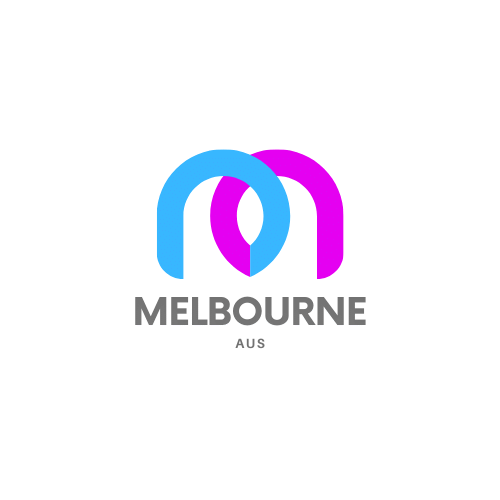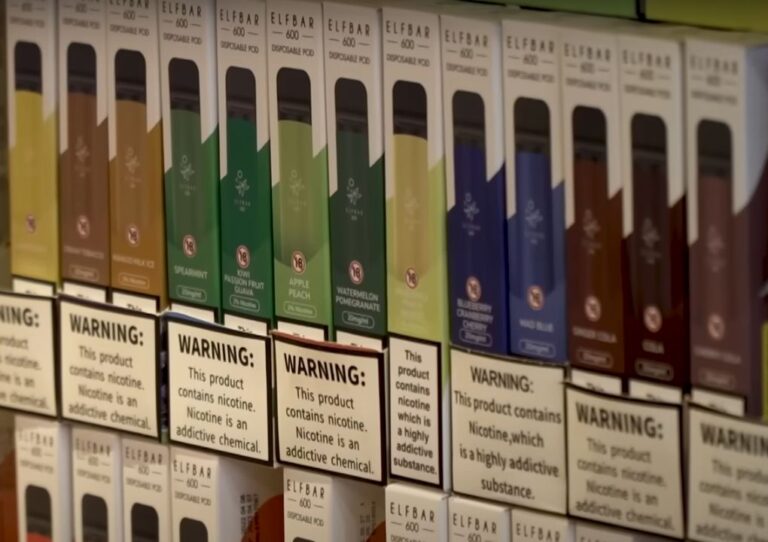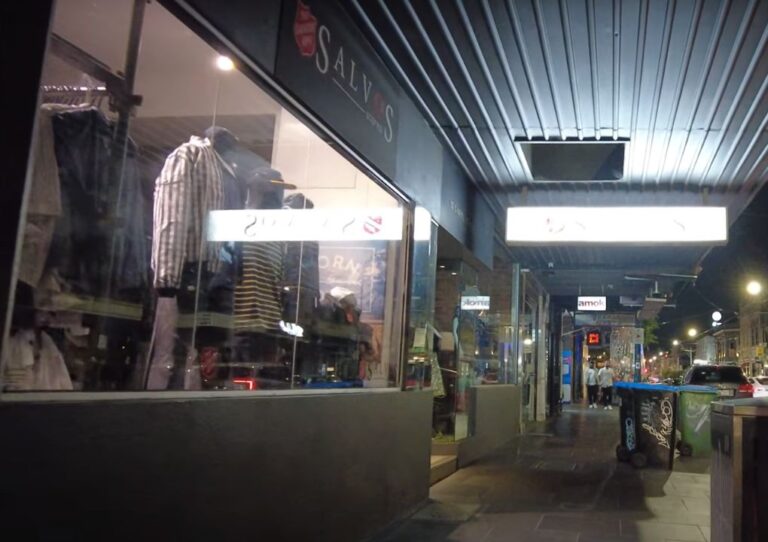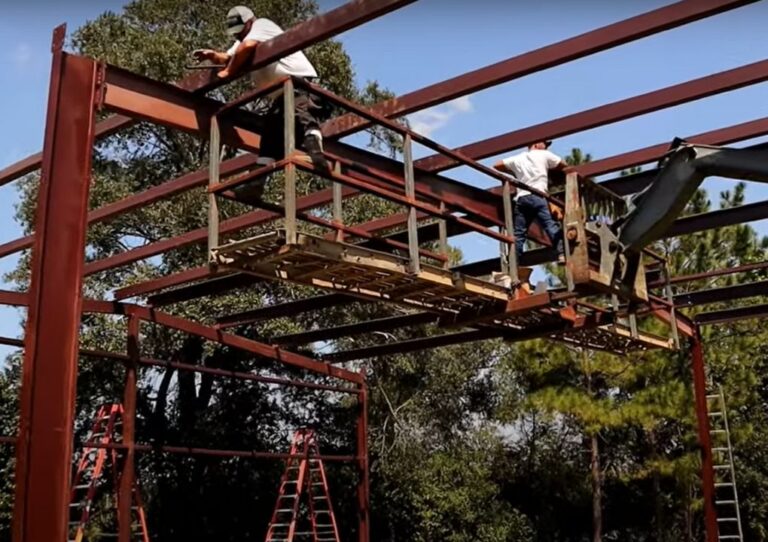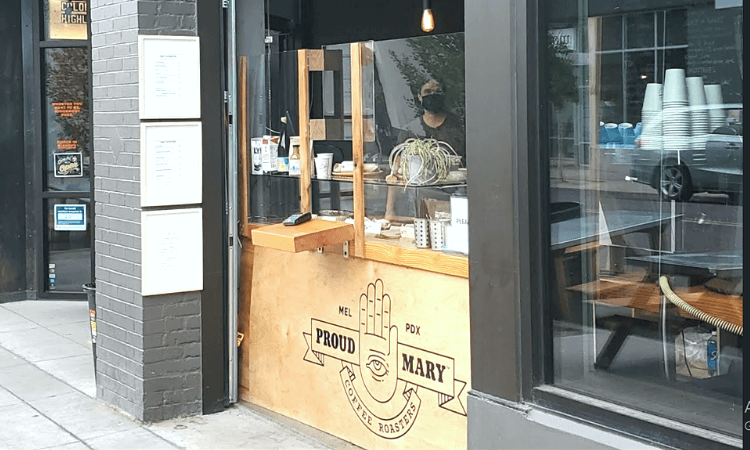Metal Fabrication: A Journey from Concept to Completion
Metal Fabrication: A Journey from Concept to Completion Facebook Twitter LinkedIn Reddit WhatsApp Reading Time: 8 minutes and 25 seconds When I first stepped into the world of metal fabrication, I wasn’t sure what to expect. As someone with a background in hands-on work, I had a vague idea that it involved turning raw metal

